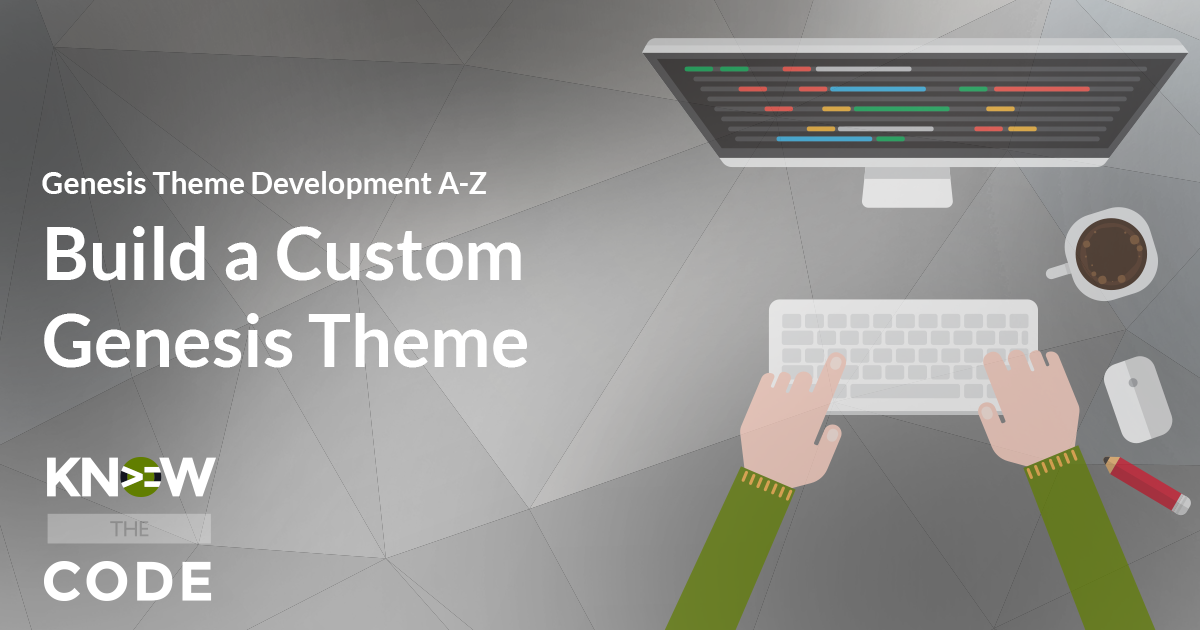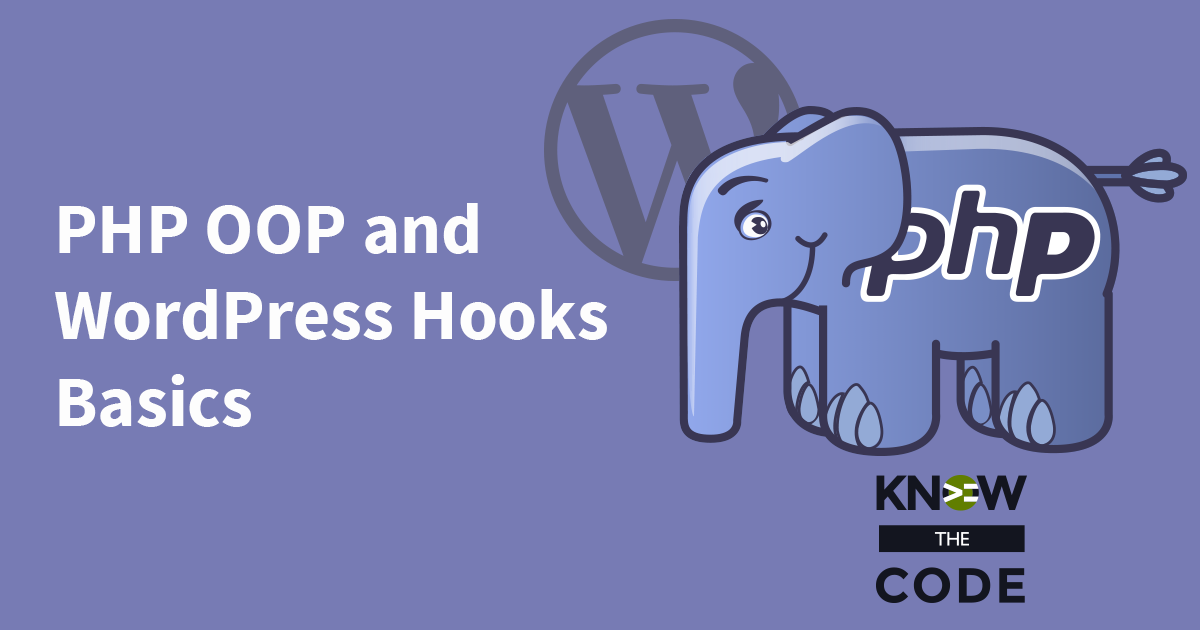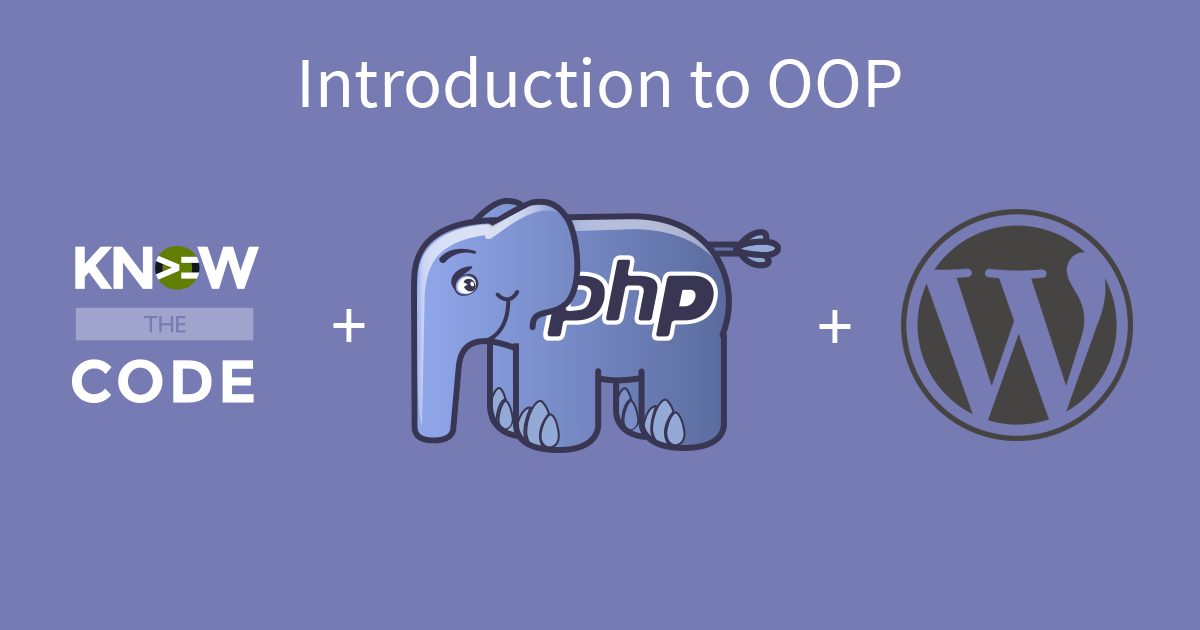Want to build custom Genesis themes professionally? Then this is the series for you. You and Tonya will dive deep into the entire process of building a real world, fully-functional, custom Genesis child theme from scratch. You’ll learn deeply about the framework, WordPress, PHP, HTML, CSS, and more as you build this theme.



